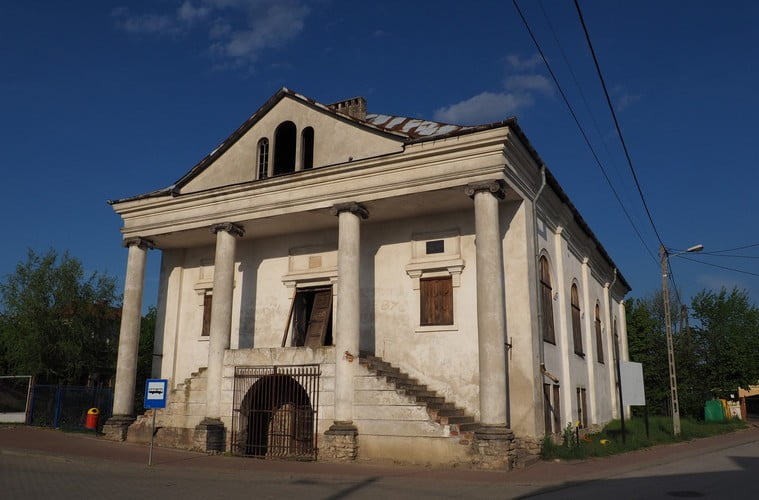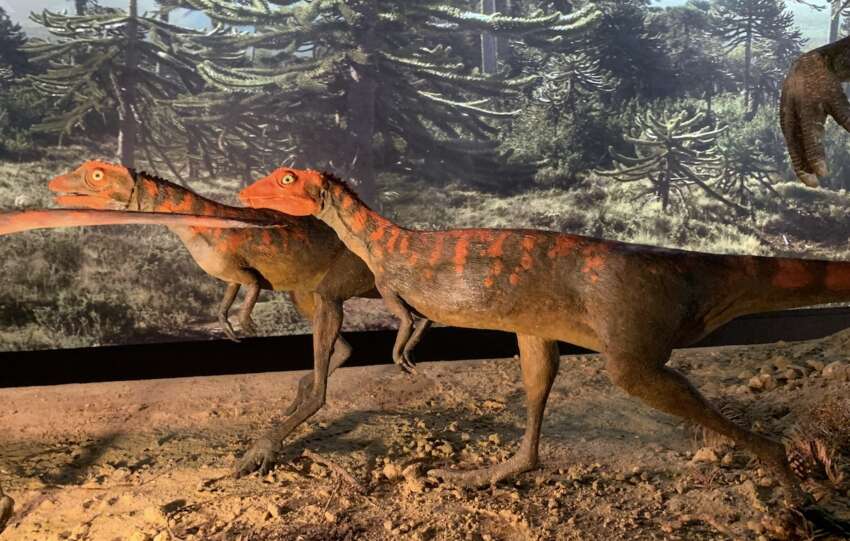Share This Article
Krzemionki Opatowskie is one of the newest sites on the UNESCO World Heritage List in Poland! The largest, Neolithic flint mines in the world are impressive and still hide many secrets.
There is a difference worth clarifying right away. In the Świętokrzyskie Voivodeship there is one more site with the UNESCO word in its name – Holy Cross Mountains Geopark. There is no mistake here, but the Geopark is called UNESCO Geopark, and not included in the World Heritage List – such a difference.
Location and access
Krzemionki is a reserve located between the villages of Sudół and Magonie in the Bodzechów commune. It is located in the Świętokrzyskie Province, about 5 kilometers from Ostrowiec Świętokrzyski. It will be easiest for you to get here by car. There is a large, free parking for cars and buses on site.
UNESCO
Recently, Krzemionki has been entered on the UNESCO World Heritage List. This decision was made at the 43rd session of the World Heritage Committee (Baku, June 30-July 10, 2019). On the UNESCO Committee website this is argued as follows:
“The property in the Świętokrzyskie Mountains region consists of four areas related to mining in the Neolithic and Bronze Age (approx. 39,000 to 1,600 BC), when striped flint was mined and processed here, mainly used for making tools. Underground mining structures, flint processing sites and around 4,000 chambers and galleries make up one of the most fully preserved of the Neolithic underground flint mining and processing systems discovered so far. It is a source of knowledge about how people lived and worked in prehistoric settled communities and is a testimony to a lost cultural tradition. It is also a clear proof that the prehistoric era, in which flint was mined for the purpose of making tools, was a turning point in the history of mankind.”
Currently, the UNESCO World Heritage List includes 17 sites from Poland, including: the Wieliczka Salt Mine, the Old Town in Krakow and the Białowieża Primeval Forest.
Discovery of Krzemionki
This year marks exactly 100 years since the discovery of Krzemionki by Professor Jan Samsonowicz. He made this discovery in 1922, and three years later excavations began. The whole area was covered with forest for centuries, but the establishment of the village of Krzemionki in 1913 meant that some of the forests were cut down. At that time, small excavations were also exposed, which the local people exploited for their own needs (not knowing that these were mines from thousands of years ago).
An interesting fact is that only a few percent of all mines in the mining field are fully explored. Krzemionki will surely surprise us with something in the future.
Symbol of Krzemionki
The symbol (logo) of Krzemionki is a drawing found in one of the explored mines. It was made by one of the Neolithic coal miners. You can see this symbol while exploring the dungeon. Some say it is a symbol of the Mother Goddess of Earth.
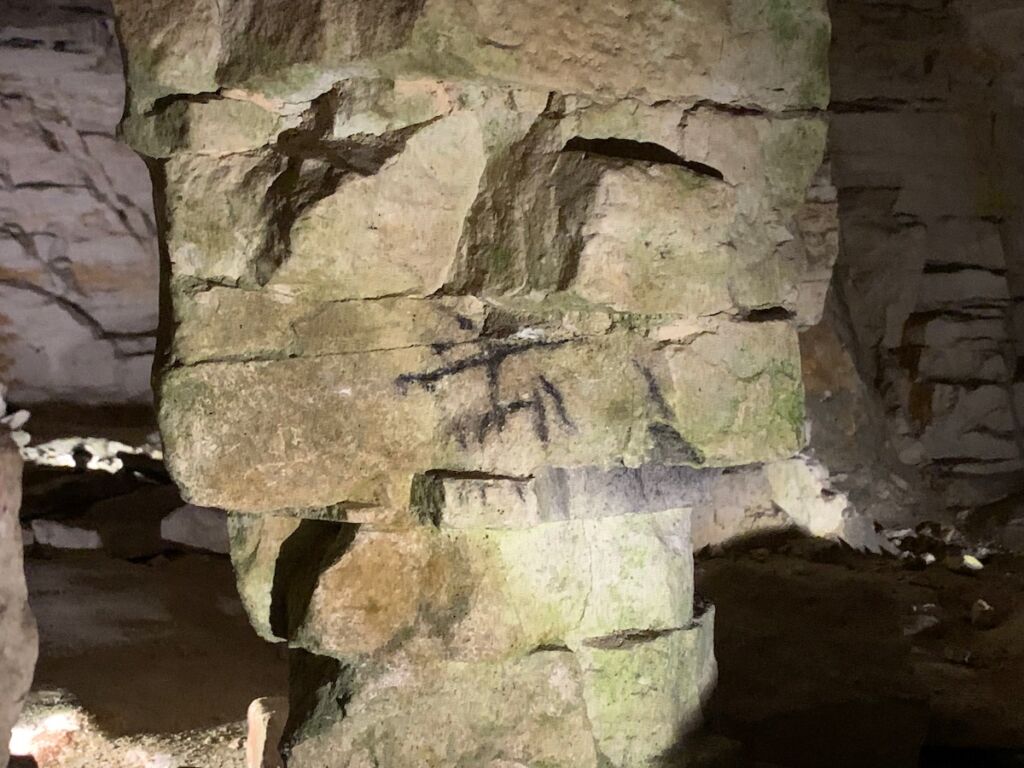
Exhibition
We start our tour of the complex with a visit to the exhibition on issues related to the peoples inhabiting these areas at the time of operation of the mines. We will learn there, among others on various civilization achievements in the field of construction. Another part of the exhibition tells about the elements of life, such as farming, cattle, pottery and weaving. The next part is devoted to customs and beliefs. A flint smith’s workshop, which made tools from raw material obtained in the mines, also has a separate place.
The exhibition is new and appeals to both young and old viewers. In addition to the models and scenes from life created for the exhibition, you will also find specimens from archaeological excavations in the vicinity of Krzemionki Opatowskie.
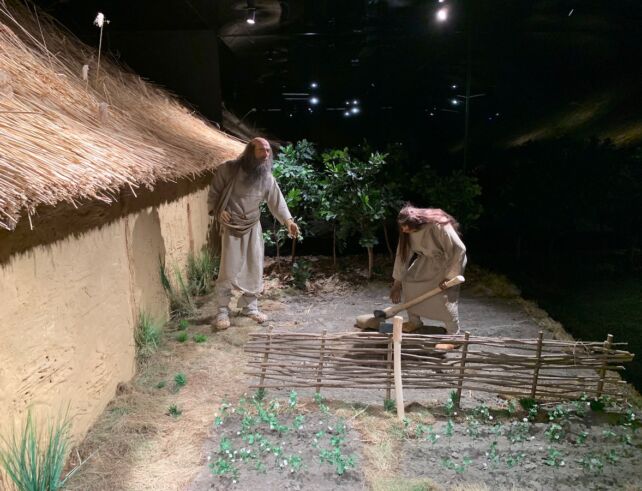
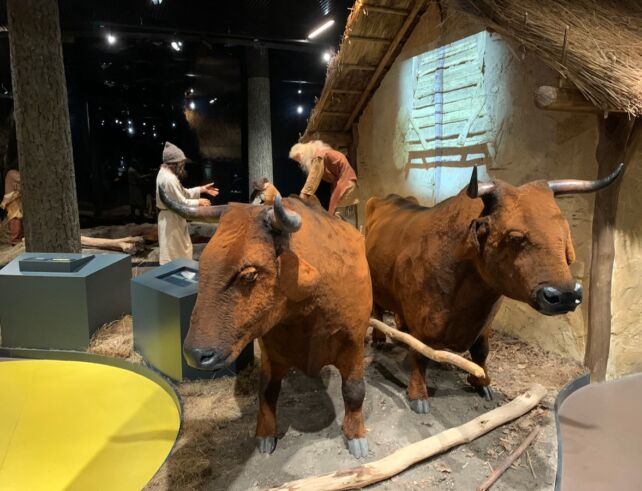
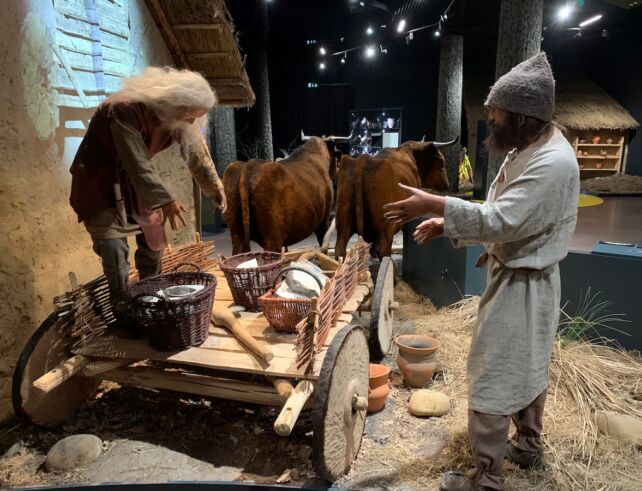
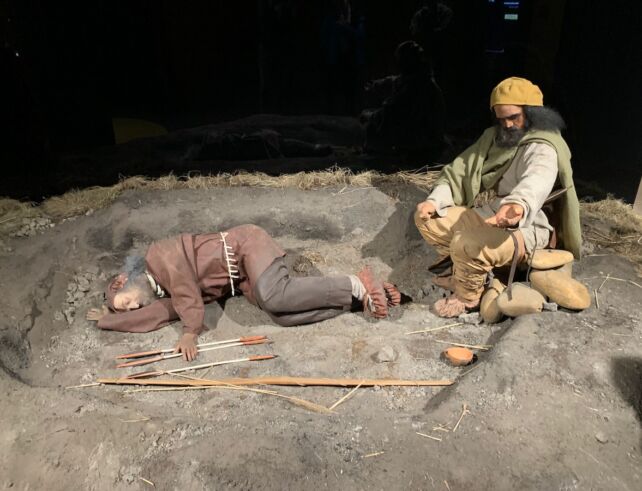
Outdoor
After seeing the exhibition, we will have a short walk in the field. If it is raining, remember about an umbrella and shoes that will work well on forest paths. We have less than a kilometer to go. We enter the reserve, where various interesting places await us. Thanks to the map on the way, we can get acquainted with the area. We can also learn from it how far the mining field stretched in the past and how small a section of it was explored.
During the walk, we also learn that the fall of the layers that contained the flint is so noticeable that researchers distinguished several types of mines depending on the depth at which the deposit was located. The shallowest that we can observe were simply the deeper pits from which small side corridors diverged. Along with the increase in the depth of the deposit, the mines also got deeper. The deepest of them exceeded a dozen or so meters deep, and their horizontal span was much greater. The four types of mines that occur here are: pit, niche, pillar-chamber and chamber.
We visit the reserve with a guide who will lead us through individual points and exhibition pavilions presenting traces of the mines. In one of such pavilions there is a descent underground, where the rest of the sightseeing route leads.
If you are lucky, on the way you can meet unusual employees of the museum – 5 sheep, who make sure that the vegetation does not overgrow mining traces.
The Krzemionki Opatowskie Reserve is also an interesting fauna and flora occurring in this area, including 39 rare and protected plants.
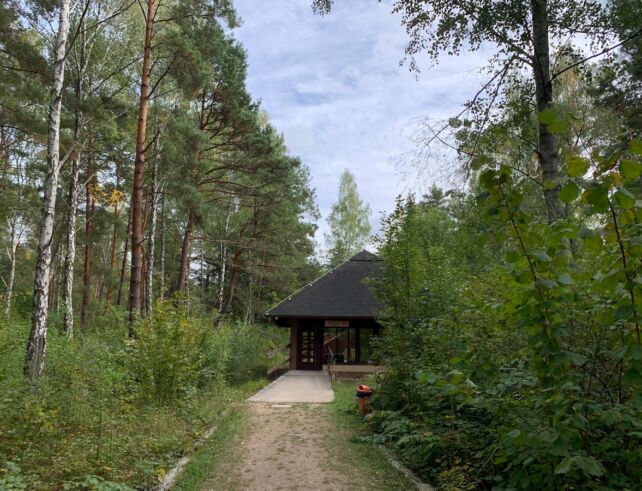
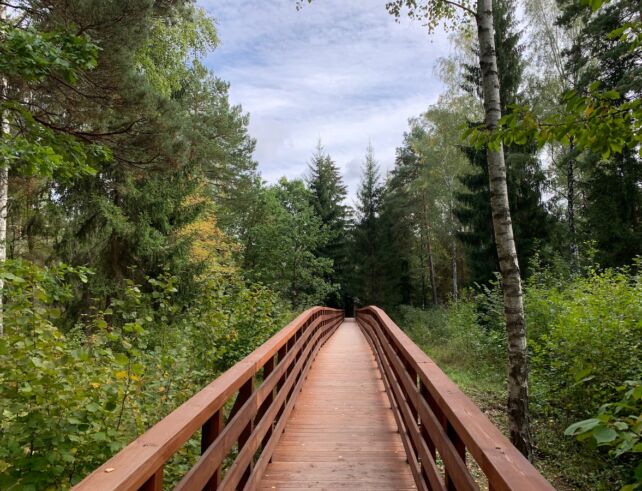
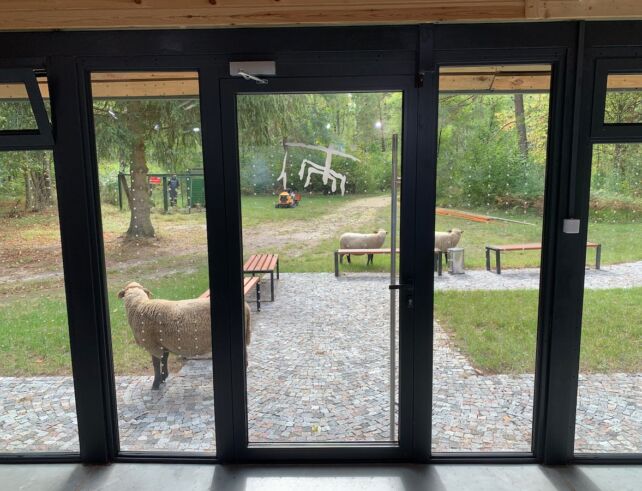
Mines in Krzemionki
When visiting Krzemionki, many people expect to go underground the most. It is no wonder, because this is where the biggest attraction is hidden and the reason why this place was included in the prestigious UNESCO World Heritage List. The underground route, which is open to tourists, is 500 meters long. It is worth thinking about warm clothes, because it is below 10 degrees in the mine and the humidity is high. In the deepest place we will be almost 11 meters underground!
The mining field with limestone outcrops with flints is about 78 hectares in size and almost 4.5 kilometers long! Mining works in this area were carried out in the years 3900 – 1600 BCE.
At the outset, it is necessary to clarify that the tunnels we walk through are not Neolithic mines. These are tunnels bored to open the mines to tourists. They are relatively tall, while the mines located here were only about a meter high. It will be easy to show you in the second photo below. The tunnel we’re going through is in the middle and the mine level is on the sides.
Wandering underground you will see huge flint rolls from which tools were made at that time. This took place in villages or directly at the exit hole from the mine. You will also see traces of excavation on the walls – regular grooves in the rock, made with the use of tools. These tools were very popular in their time, and the radius of their occurrence is estimated at about 600 kilometers.
Speaking of tools, today’s work in the mine differs significantly from that in the Neolithic. The tools used by miners at that time were made of horns, wood or flint. The work was not going as fast as it is today, but the miners were aware of the dangers in the mine and in places that seemed unstable to them, they left pillars in the corridors to support the ceiling and prevent it from collapsing.
Only part of the route we go through the interiors of Neolithic mines, the rest of the time we can look at them through special holes in the walls.
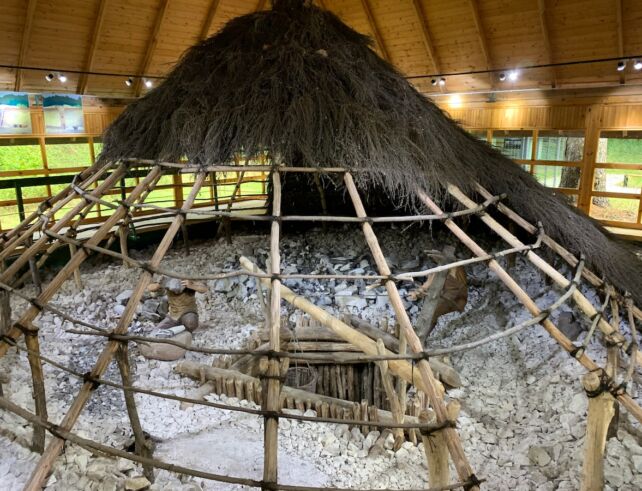
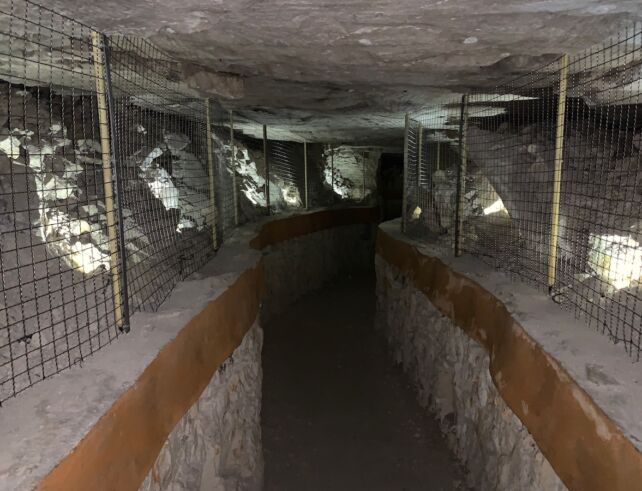
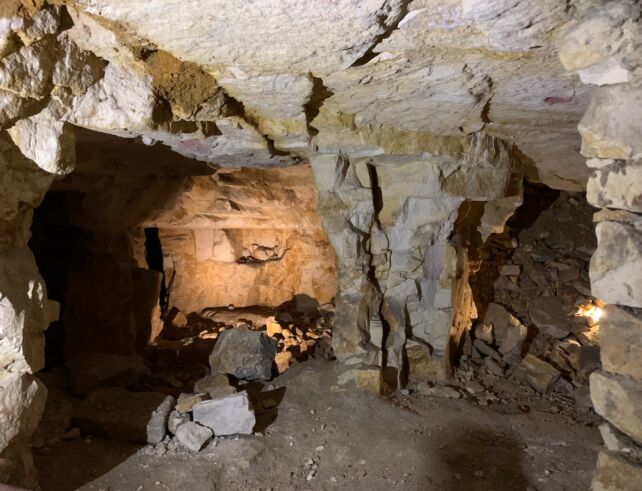
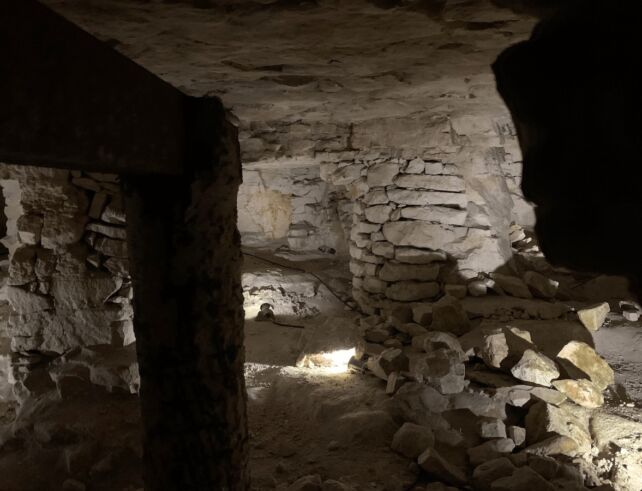
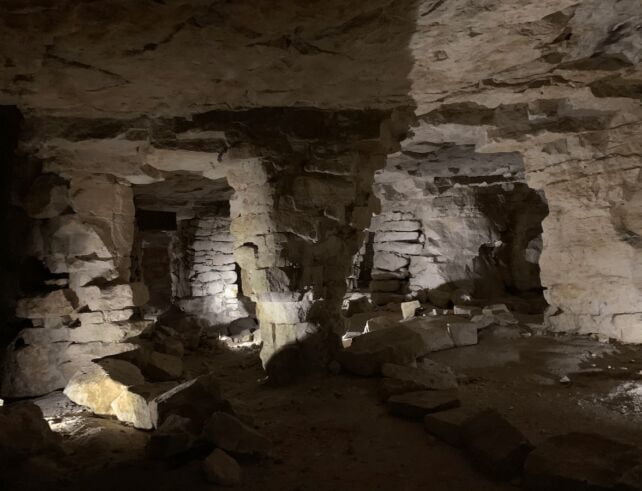
Settlement
There is also a settlement on the premises of the Museum. You can see the reconstructions of huts from that period, built with different technologies, and, for example, the reconstruction of a tomb. Various events, historical reconstructions and educational activities for children, teenagers and students take place in the village. Krzemionki is a good training ground and place of practice for students of archeology, who can test various theories in practice. One of them was, for example, erecting a megalith (great stone) using tools and techniques known in the Neolithic.
The settlement covers more than 1.5 hectares, and in the summer season, craft shows (e.g. pottery) are also held there.
In the village there is also a monument from a slightly different period than the Neolithic – a trench from the Second World War with still visible corridors.
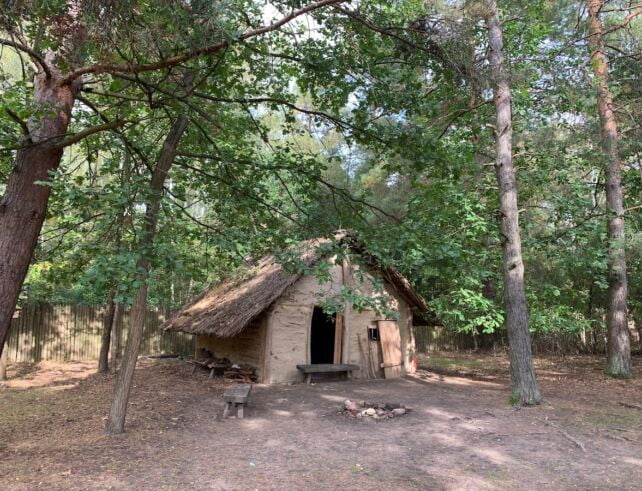
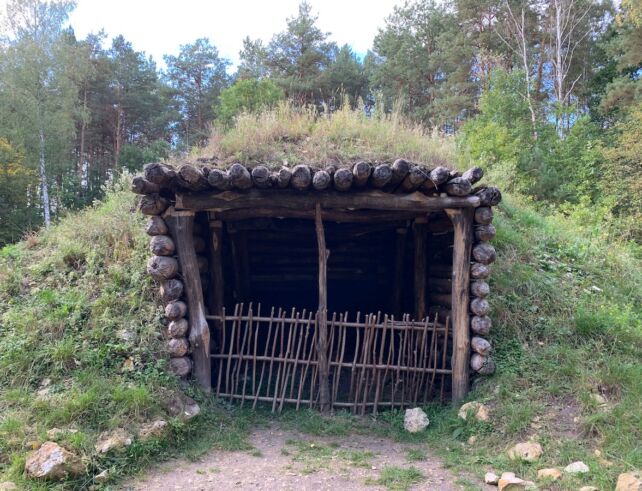
Ticket prices and opening hours
The Krzemionka Museum is open on different days and hours depending on the season.
January, February, March, November, December – Monday (10.00-16.00), Tuesday (closed), Wednesday – Friday (8.00-16.00), Saturday – Sunday (8.00-16.00)
April, October – Monday (10.00-16.00), Tuesday (closed), Wednesday – Sunday (8.00-17.00)
May – September – Monday (10.00-16.00), Tuesday (closed), Wednesday – Friday (9.00-18.00), Saturday – Sunday (10.00-18.00)
Remember that you can only enter the Museum and Reserve with a guide. Depending on the season, the entries are full hours or 30 minutes after. You can check these hours on the website.
When choosing Krzemionki as your destination, remember that it is worth booking your ticket in advance. Krzemionki is a frequent destination for school trips, and the reserve has entry limits that are meticulously adhered to.
A normal ticket costs PLN 30, and a reduced ticket PLN 20. If you are going as a family, you can use the family ticket 2 + 1 for PLN 70 or 2 + 2 for PLN 80.
Worth to visit?
Krzemionki is a place that is definitely worth visiting. A look at the world from 5,000 years ago triggers the imagination. Despite the fact that when we imagine those people who make tools from stone, we do not think about it, they nevertheless created interesting cultures in which there were many rules, and individual crafts developed strongly.
When visiting Krzemionki, you can see mines that in many places have not been touched by human hands for 5000 thousand years, and the traces of tools left on the walls come from Neolithic miners. It is not without reason that Krzemionki has been inscribed on the UNESCO World Heritage List – visit to find out.



